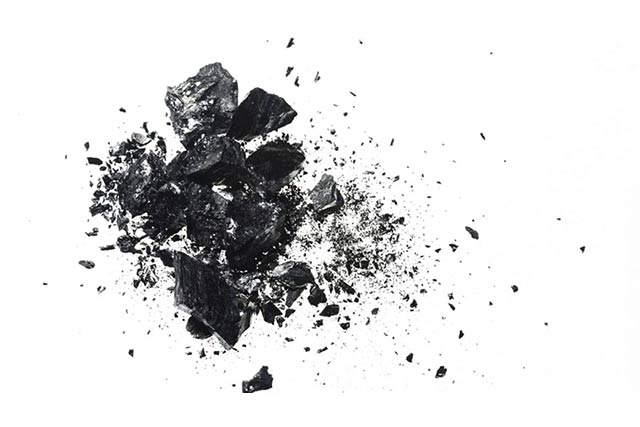India's coal production is unlikely to be scaled down as demand far exceeds the local supply available, global consultancy firm EY said on Wednesday.
It also stated that the coal buffer inventories will be consumed as soon as the downstream plants start running at full capacity after the lockdown has been lifted.
"Given that India''s demand of coal far outstrips the supply available locally, miners are unlikely to reduce output of operations but continue to build receivables in the hope the inventories will eventually substitute imports of coal once the downstream businesses stabilise to normal...," Saurabh Bhatnagar, Partner and National Leader, Metals and Mining, EY India, said.
Coal miners, he said, have so far continued to work at close to full capacity, except that the removal of coal from the collieries due to reduced electrical power usage has created buffer inventories.
This inventory would eventually be consumed as downstream plants go to full capacity post lockdown, he said.
For example , despite continuing defaults on payments by state-generating companies that adversely affect the cash flow of coal companies and a massive accumulation of fees, smooth supplies are ensured without any restrictive measures.
“Under the lockdown measures..., the continuity of operations of manufacturing units of essentials goods, production units which require continuous process (crude steel manufacturing) and their associated supply chains, coal production, mines and mineral production, transportation, supply of explosives and activities incidental to mining operations has been ordered," he said.
However, as such, the mining industry was not affected by the government's mandated lock-down guidelines, but rather by the availability of labor, the slump in demand at the far end of the value chain, the lack of liquidity of its suppliers and the consumption points for the end products for which coal / iron ore is used as a raw material base, Bhatnagar explained.
As a post-COVID-19 scenario, integrated metals players will have to run calibrated product portfolios, which they will be sure to sell or create inventories of product formats.
"Much like the post GST, BS-VI imposed driven demand slump and its bounce back, the value added steel sector will be back on track and very rapidly in a post-COVID era," he said.
Any excess steel produced after meeting domestic demand will be used to feed large export markets that are in the process of streamlining their own capacity to meet their own internal demand.
According to EY, a large part of the demand and profitability of the integrated metals players depends on how the MSME metals sector opens up after the lockdown.
Any government funding to this value chain sector would have an upstream effect on cash flows, increase demand and lubricate the otherwise dry cash value chain, Bhatnagar said.
In the metals downstream point of view, these operations were expected to be closed during the shutdown, in particular those engaged in low-value additions to the steel value chain.
These operations, he said, would take more time to stabilize and coordinate their businesses unless the government / large integrated players help and provide financial assistance to these players in order to get out of the current situation.
The metals industry, which uses iron ore and meets coking coal as main inputs, has also benefited from being classified as an important category and has been running its plants, but at a reduced capacity, he added.
Volumes have not flowed due to the subdued or even non-existent demand for sustainable consumer goods and the downturn in the infrastructure and construction sectors, as per the EY.
Turnover or off capacity raises costs on integrated steel producers and thus their ability to keep the plants going produces high-cost steel which may have to be liquidated at lower margins.


































